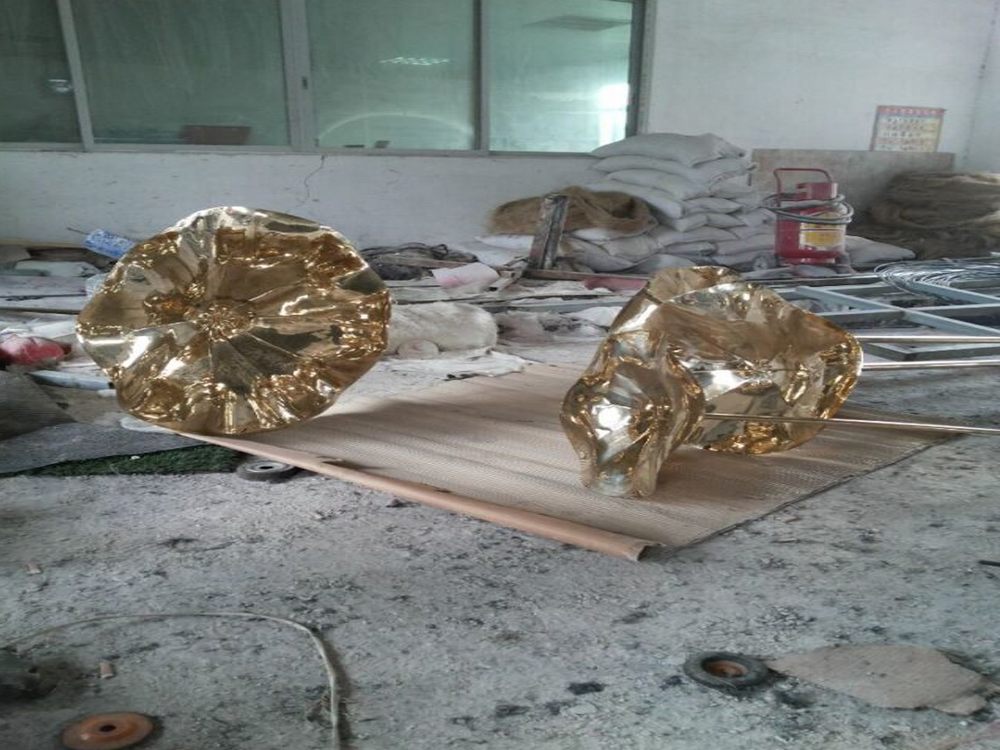
Artists masterfully craft the illusion of weight and mass in lightweight stone sculptures through a combination of technical skill and perceptual tricks. By carefully manipulating proportions, textures, and balance, they deceive the eye into perceiving substantial heft where little exists.
One key technique involves strategic undercutting—carving deep shadows beneath forms to suggest density. The play of light and shadow across carefully angled surfaces enhances this effect, making hollow areas appear solid. Artists also employ visual weight distribution, positioning bulkier-looking elements lower to mimic gravity's pull.
Surface treatment plays a crucial role. Rough, unfinished sections contrast with polished areas to create textural weight cues. Deliberate asymmetries and subtle distortions further reinforce the impression of mass resisting its material constraints.
Modern sculptors often combine traditional stoneworking methods with contemporary materials, sometimes incorporating hidden supports or hollow cores while maintaining a visually dense appearance. This artistic alchemy transforms feather-light pumice or porous limestone into works that seem to possess the monumental presence of granite or marble.
The mastery lies not in the stone's actual weight, but in the sculptor's ability to manipulate our visual expectations—proving mass is as much an artistic construct as a physical property.

